Thiokol sealants: technical characteristics and properties
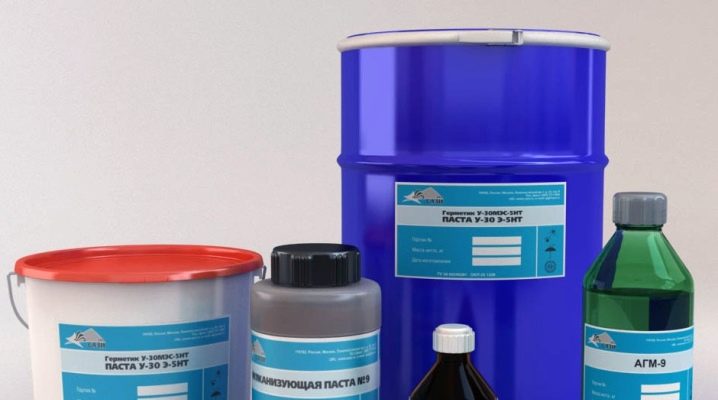
In the implementation of construction, installation work, a material such as a sealant is very often used. This article will focus on thiokol polysulfide sealants, their technical characteristics, properties and scope.
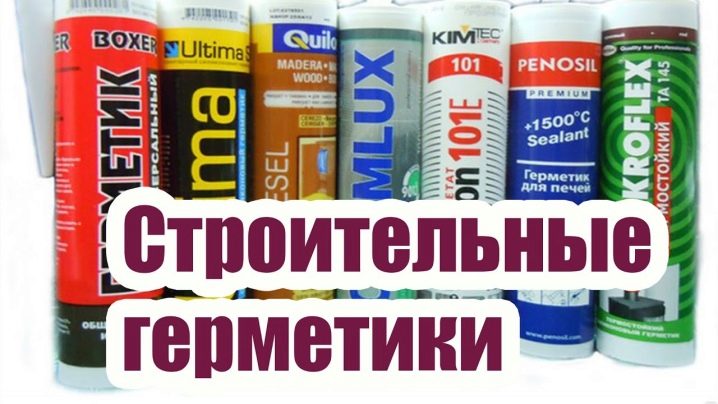
Peculiarities
A modern sealant is a building material that is used in the process of sealing seams, joints and other repair work.
All sealants are divided into two groups:
- one-component materials that are ready to use;
- multicomponent materials requiring preliminary mixing.

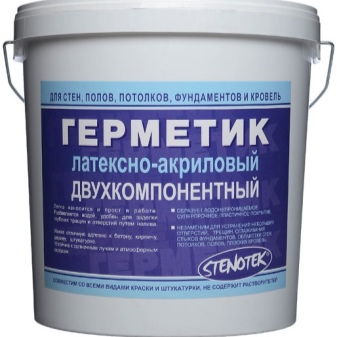
Thiokol sealants belong to the group of multicomponent materials. These are two-, three-component formulations.
What it is?
Polysulfide (thiokol) sealant is one of the most expensive and reliable materials. If we consider its technical characteristics, it is worth noting that its basis is liquid thiokol, which in its structure resembles rubber. Polysulfide sealants contain polymers, plasticizers, fillers, pigments and texturing agents.
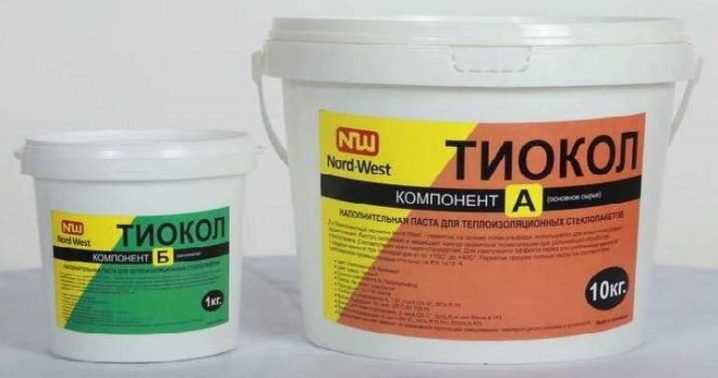
This type of hermetic composition has become in demand due to certain properties and advantages.
- high degree of strength and elasticity;
- moisture resistance;
- low gas permeability;
- increased degree of resistance to components such as gasoline, oils, alkalis, mineral acids, organic solvents;

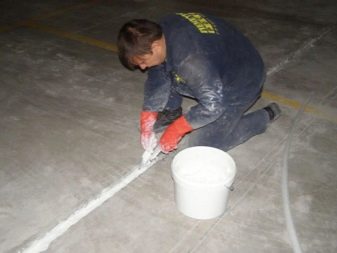
- protection against UV radiation and other environmental influences;
- the ability to use in different temperature conditions, from -55 to +35 degrees;
- excellent adhesion, allowing this sealant to be used in a variety of industries and on a variety of surfaces, including wood, metal and concrete;
- durability (the service life of such materials is more than 20 years);
- good indicators of permanent deformation.
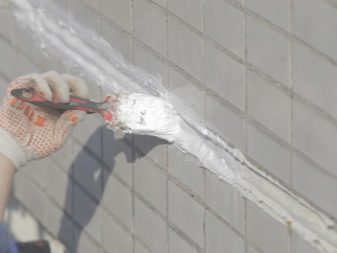
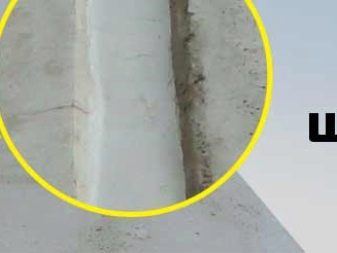
The polysulfide material has several disadvantages.
- Incompatibility with plastic materials. This is due to the fact that the sealant contains a solvent that has a negative effect on the properties of the plastic.
- After mixing, the material must be used in a short time (2-3 hours), otherwise it will lose all its properties.
- When using the sealant, protective equipment must be used.
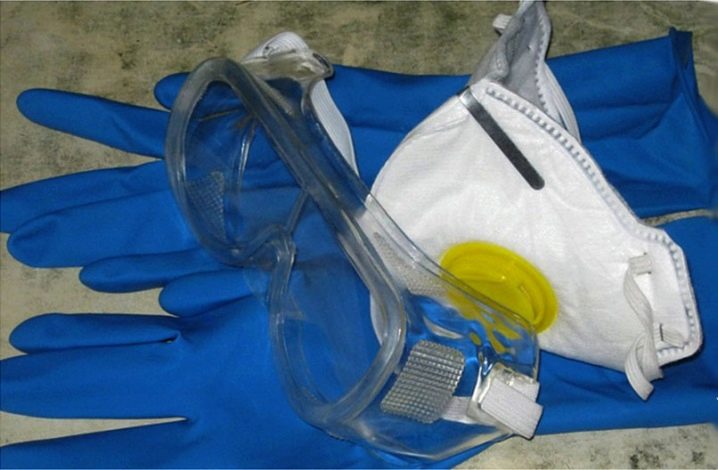
The polysulfide material can show its properties 100%. However, for this you need to take into account certain recommendations.
"UT-32" and "U-30M"
There are materials that are used in practice more often than others. Among them are UT-32 polysulfide sealant and U-30M.
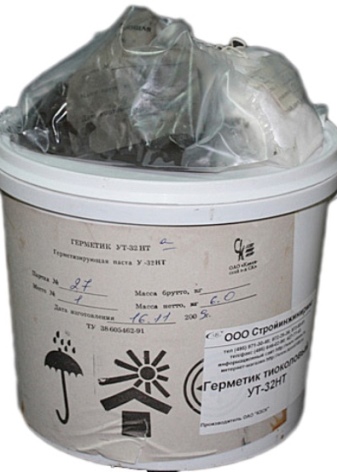
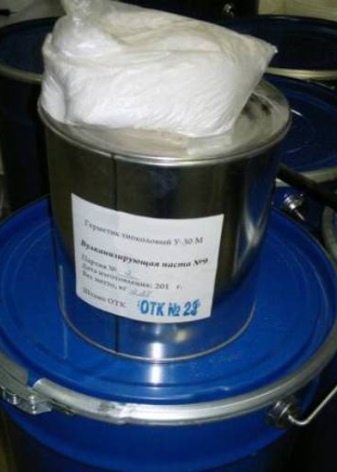
The UT-32 thiokol sealant is used for hermetic sealing of sealed glands. It is often used in the process of sealing electrical equipment, plug connectors, various metal joints that function in air or fuel. This also applies to various designs that do not have brass, silver and copper contacts. This sealant is also widely used in machine-building, aviation, instrument-making spheres.
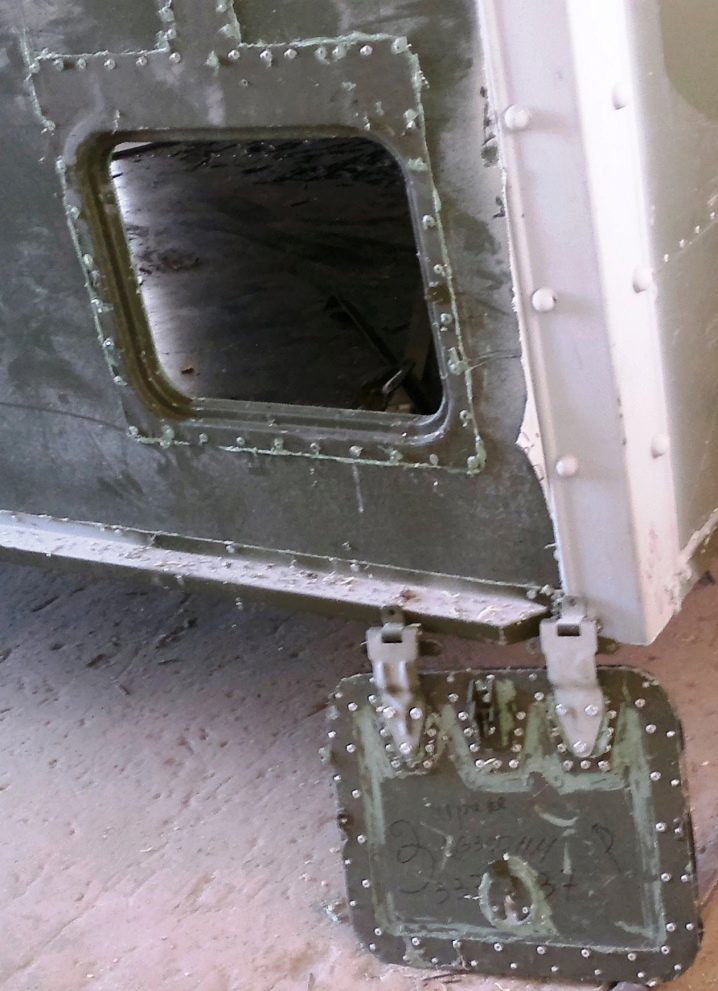
Thiokol material is endowed with a number of properties, including:
- high resistance to deformation;
- increased resistance to the effects of oils, gasoline;
- the ability to resist well the effects of ultraviolet rays, as well as oxygen;
- the ability to use such material at different temperature conditions (from -60 to +130 degrees).
Such a composition belongs to the group of three-component materials. UT-32 is a white or gray paste that is diluted with a solvent.All components are thoroughly mixed before use. The surface where the hermetic material will be applied must be pre-cleaned of dust, dirt, foreign substances. When removing oil and greasy stains, the surface is degreased (using gasoline). The sealant is applied only to dry areas of the surface.
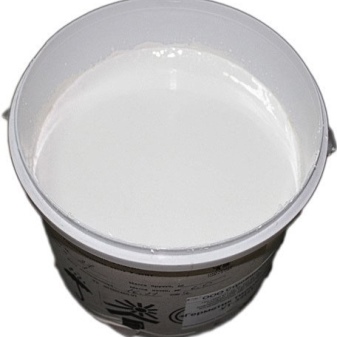
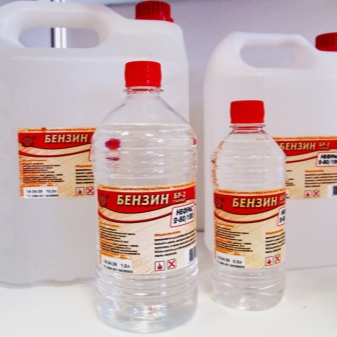
Thiokol sealant "U-30M" is made on the basis of liquid thiokol and vulcanized at temperatures ranging from +15 degrees to 0. It is used for sealing fixed metal structures. Exceptions are brass and silver alloys. The composition is used under any climatic and temperature conditions.
It is used in combination with glue, which is used to make an adhesive sublayer. The glue is selected taking into account what material the base is made of. The number of layers applied to the surface depends on the type of glue chosen. As a rule, these are two layers. Drying time for each layer is from 30 minutes to 1.5 hours.
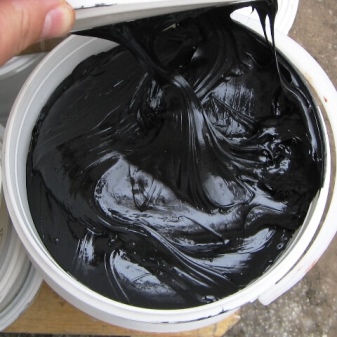
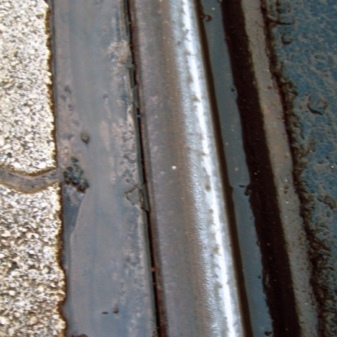
Before the start of sealing, the surface is cleaned of dust, dirt (using a brush). If necessary, degrease the surface or individual elements. Gasoline is suitable for this. It is better to carry out degreasing in small areas so that the surface does not have time to clog up again. After degreasing, it takes time to dry.
Scope and technology of application
Due to its characteristics, thiokol sealant is used wherever it is necessary to prevent contact with various chemicals. These are, as a rule, gas stations, garages, fuel stations, fuel and lubricants depots. This material is used in the repair of metal roofs.
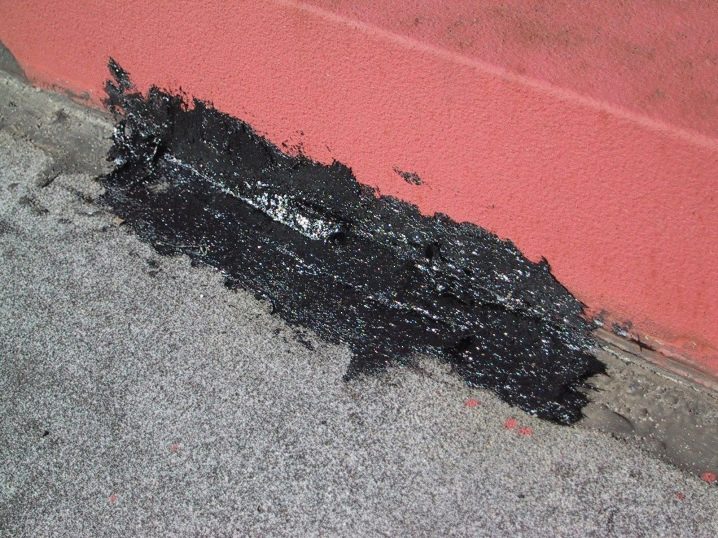
The sealant has found wide application in the manufacture of double-glazed windows. It is used to seal joints, cracks, cracks in concrete, reinforced concrete structures, where the deformation does not exceed 25%.
If you are going to use such a composition, you need to familiarize yourself with the technology of use, which is the same for all types.
Before applying, you need to be sure that:
- the surface is well cleaned of old building material;
- countersinking of the mounting holes has been done;
- those areas where the material is not applied are pasted over with adhesive tape;
- the material is ready for use.

If everything is ready, you can begin the sealing process. To achieve good work results, you need to consider all the important recommendations.
How to choose the right type of sealant is described in the video.













The comment was sent successfully.